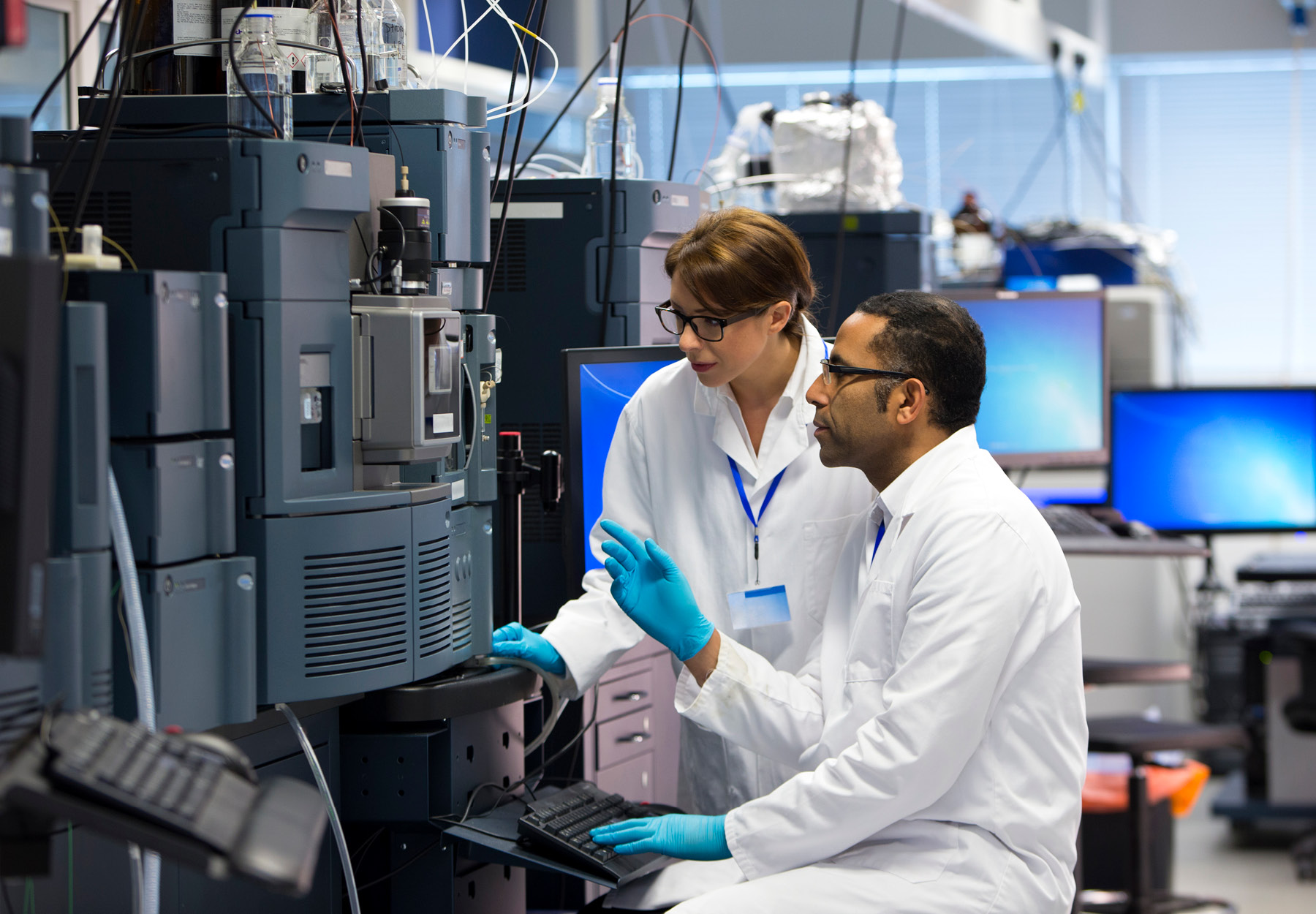How Technology Is Solving Key Challenges in the Clinical Lab
Leanne Davey of Waters Corporation discusses recent technological trends in the clinical space with G2 managing editor Rachel Muenz.


Clinical labs have a lot on their plates these days, from the challenges associated with measuring new biomarkers to those related to staffing shortages. However, technology can make a difference in both areas.
Leanne Davey, senior director of clinical assay development at Waters Corporation, discusses recent trends in the clinical laboratory industry, key challenges labs are facing, and how technology is helping solve those issues. Davey recently won the 2023 Overall Lab Manager Excellence Award as part of the Leadership Excellence Awards presented by G2 Intelligence partner brand Lab Manager.
Q: What are some of the most recent trends in the clinical laboratory?
A: To start, there’s an increasing interest in the measurement of novel biomarkers in areas such as oncology and neurology. This trend has historically been present in the industry but has recently gained momentum. These biomarkers can pose several analytical challenges as they are often present in complex matrices in very low abundance, so this drives a need for comprehensive sample preparation and clean-up. To address these challenges, mass spectrometry (MS) can be used to aid in measurement and identification of biomarkers in complex circumstances such as these. Finally, remote sampling or samples collected outside traditional healthcare settings is also a trend that has accelerated since the pandemic.
Q: How are those trends impacting labs?
A: These trends are driving more and more labs to look at the benefits that alternative technologies like liquid chromatography–mass spectrometry (LC-MS) can bring to the clinical laboratory over incumbent technologies such as immunoassays and flow cytometry, for example.
Q: What are some of the biggest challenges in clinical labs today?
A: One of the key takeaways we hear repeatedly from our customers is that it is difficult to retain key talent. This is why we’re focused on providing total workflow solutions for clinical labs where we feel we can be a trusted partner in helping them to solve complex problems with our technology portfolio and dedicated clinical service teams. This challenge creates an opportunity for us to continue to develop solutions that are easy to use, promote efficiency, reduce errors, and decrease the need for highly skilled labor.
Q: How do you solve those challenges in your own lab?
A: We are passionate about solving the problems that matter and that includes attracting and retaining our talent. It is important to us that our teams feel a deep personal sense of purpose in the work they do and feel that they are contributing to society. Our mission is to ensure our teams are engaged and feel a sense of contentment and excitement about their contribution. With this comes the importance of recognition—even the small wins matter and it is important to take the time to celebrate these.
Q: What new technologies in the clinical space are you most excited about? Why?
A: There is huge opportunity for MS, and I believe it will have a big role in clinical laboratories in the future. The analytical sensitivity and specificity it offers as a technology are unparalleled, but with the opportunity comes challenges. There are challenges to solve in relation to throughput and turnaround time, but these can be addressed, and our dedicated clinical R&D teams are focused on solving these challenges.
Q: How do you think trends will progress in the clinical space going forward?
A: I think there will be a continued focus on automation of workflows in a bid to maximize efficiency but also a need to improve turnaround time on specific areas such as laboratory data review, analysis of results, and clinical interpretation.
Q: How can new developments in clinical laboratories help address staffing and burnout challenges facing laboratorians?
A: To combat growing staffing and burnout challenges, we can focus on streamlining and automating routine aspects of daily work as part of the overall workflow. I believe this is critical in helping to avoid burnout and allows people to focus on more complex and critical problems. A great example of this is one of our robotic instruments that enables both fully automated pipetting, as well as the more complex manipulation and grabbing of microplates, tubes, and columns, through an expanding range of accessories. This robot can also execute protocols designed in our browser-based interface, enabling users to quickly transition from laborious manual procedures to easily programmable fully-robotic workflows. Specifically in the clinical space, we are focused on providing solutions that include metrologically traceable, in vitro diagnostic calibrators and quality controls for a range of therapeutic drug monitoring and endocrinology assays that remove the need for laboratories to frequently prepare these themselves. This improves standardization within and across laboratories and frees up staff time for other tasks.
Subscribe to Clinical Diagnostics Insider to view
Start a Free Trial for immediate access to this article